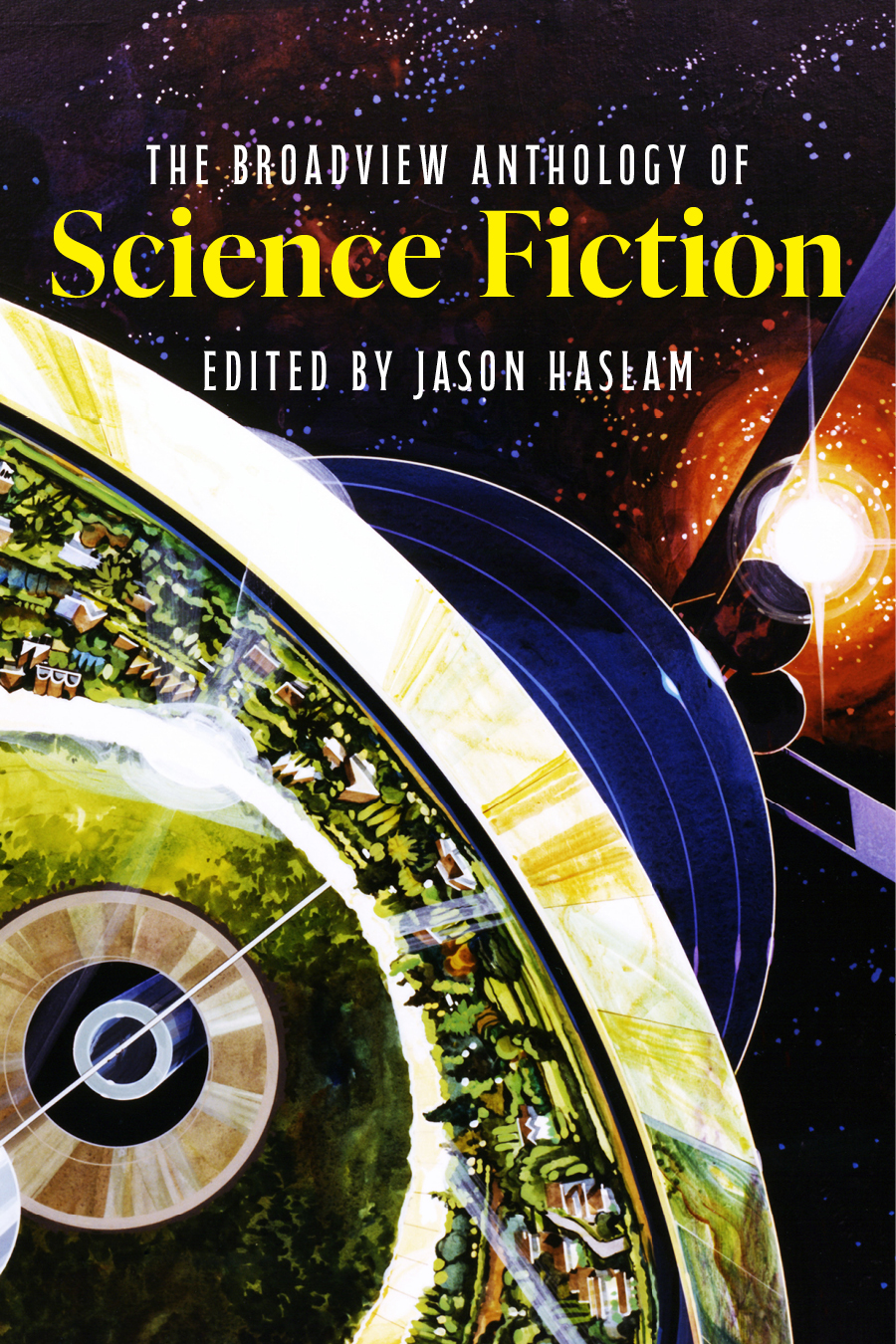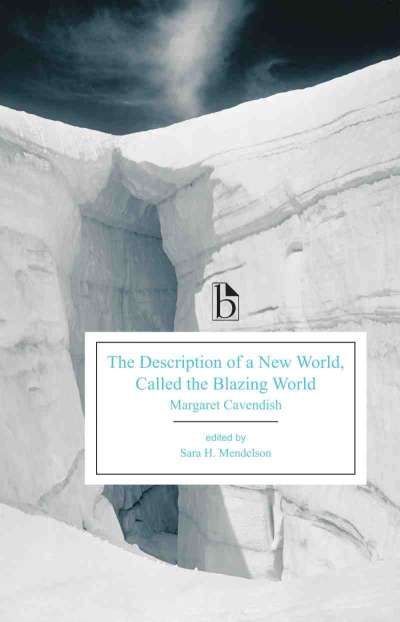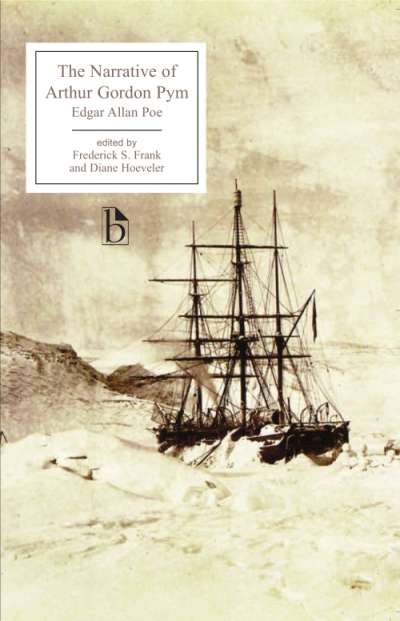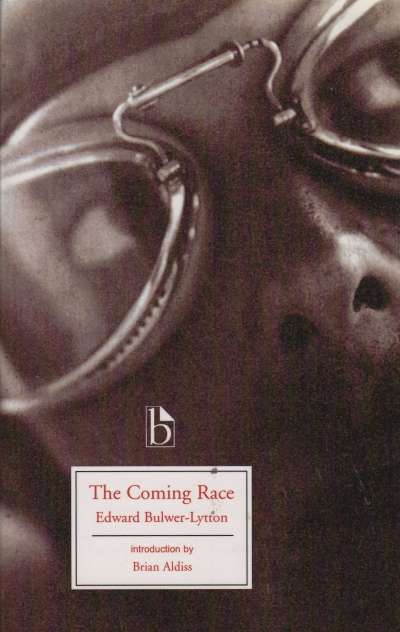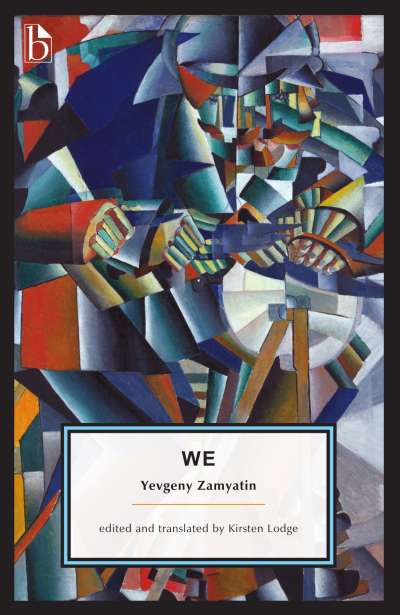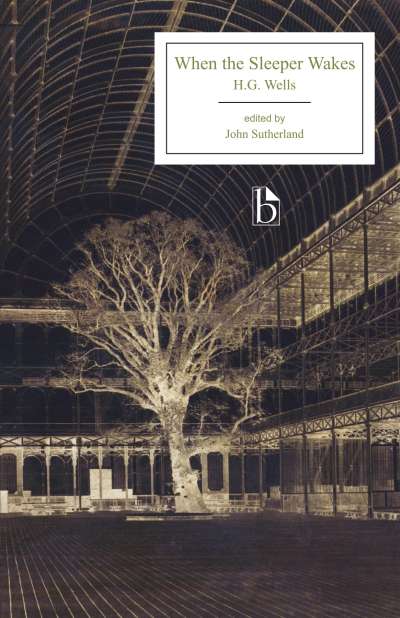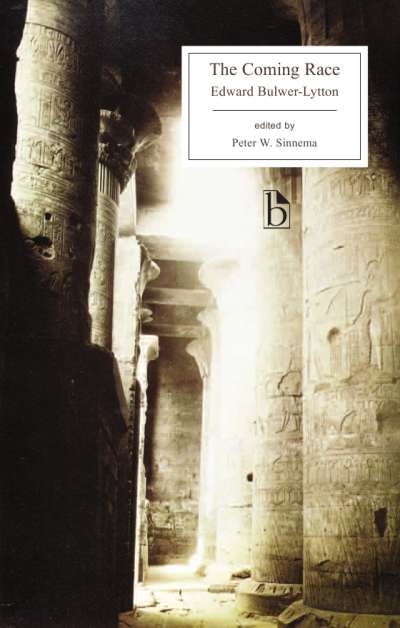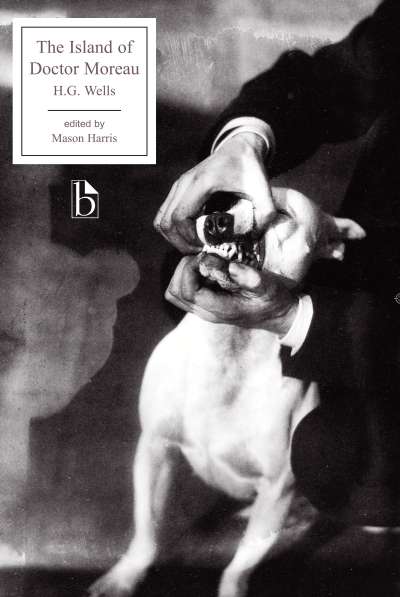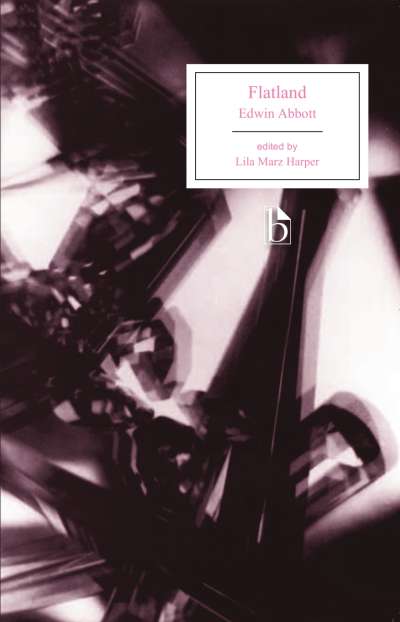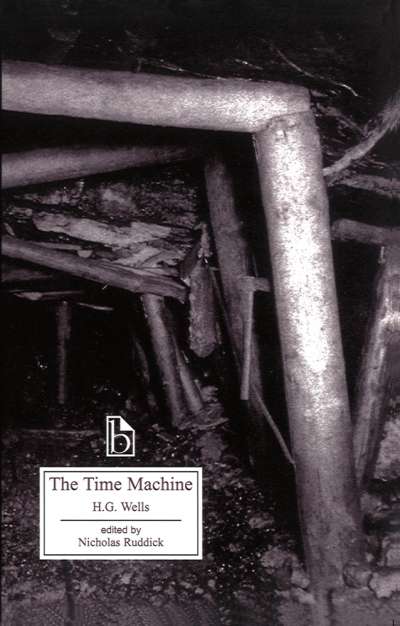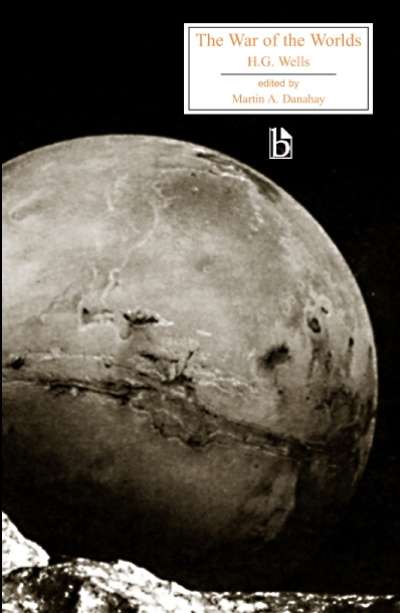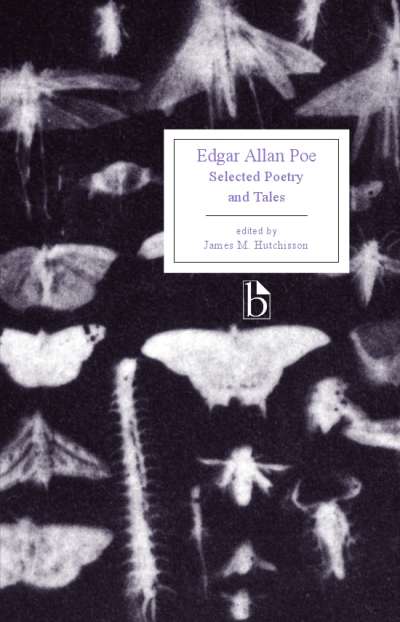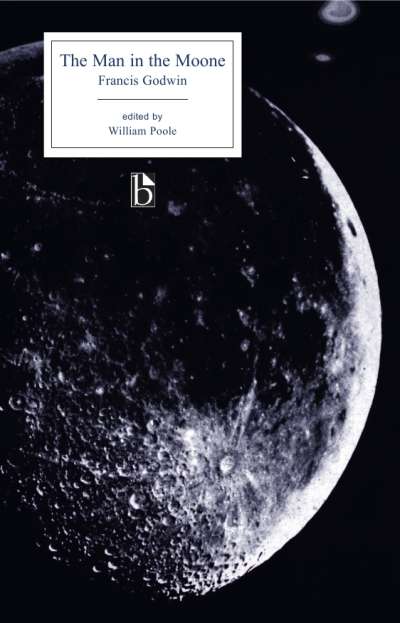The Broadview Anthology of Science Fiction takes a “broad view” of science fiction in terms of its histories, themes, forms, and communities. Covering over two hundred years, the anthology focuses on short fiction but also includes comic strips, images, and speculative poetry. It also recognizes the wide range of futurist and SF traditions, including Afrofuturism, Indigenous Futurisms, Feminist SF, and more. Fully annotated with information about authors and texts as well as full explanatory notes, the anthology also includes an introduction that discusses the many competing definitions of—and methods of studying—science fiction and offers an historical and cultural overview of the genre.
Comments
“The Broadview Anthology of Science Fiction embraces the complexity and diversity of the SF genre, skillfully navigating the disunities that complicate and fascinate readers of SF, whilst simultaneously identifying and exploring the parallels, patterns, and shared contexts that give SF its unique shape and texture within the global media marketplace. This is an excellent starting point for students or readers who are ready to take the dive into modern literature’s most relevant and forward-thinking genre.” — Andrew Deman, University of Waterloo
“From a vast field of writing, Haslam’s selections for this science fiction anthology are a careful mix of classic and new, with proper attention paid to both canonical works and the need to expand into fresh territories and to rethink the genre anew. The contents can be twisted like a kaleidoscope to present multiple patterns and pathways, meaning readers can cover science fiction as a chronology, a set of themes, or as a vital form of cultural politics. A wonderfully enabling selection.” — Roger Luckhurst, Birkbeck, University of London
“The Broadview Anthology of Science Fiction is an impressive mix of must-read classics, forgotten treasures, and vital modern works. The table of contents is subdivided so you can easily tailor the reading to fit most classes, and the introduction gives a thorough grounding in the history of science fiction. This anthology is perfect for teaching or for those new to the genre. Haslam has done his homework and produced a collection that is essential for learning about science fiction.” — Nancee Reeves, University of Georgia
I. Foundations of SF I: The Nineteenth Century
- Washington Irving, [Men of the Moon], from History of New York (1809)
- George Gordon Byron, “Darkness” (1816)
- Edgar Allan Poe, “Sonnet–To Science” (1829)
- Edgar Allan Poe, “The Facts in the Case of M. Valdemar” (1845)
- Mary Wollstonecraft Shelley, “The Mortal Immortal” (1833)
- Florence McLandburgh, “The Automaton Ear” (1873)
- H.G. Wells, “The Star” (1897)
- Charles Chesnutt, “Mars Jeems’s Nightmare” (1899)
II. Foundations of SF II: Enter the Twentieth Century: 1900–1939
- Rokeya Sakhawat Hossain, “Sultana’s Dream” (1905)
- E.M. Forster, “The Machine Stops” (1909)
- Francis Stevens (Gertrude Barrows), “Friend Island” (1918)
- W.E.B. Du Bois, “The Comet” (1920)
- Leland S. Copeland, “Alone” (1922), “Planet Neptune to Mother Sun” (1921)
- Phillip Francis Nowlan and Richard Calkins, Buck Rogers, 2429 A.D. — “The Sleeper,” “The Awakening,” “Falling Upward,” “The Raider” (1929; comic strips)
- Leslie F. Stone, “The Conquest of Gola” (1931)
- H.P. Lovecraft, “From Beyond” (1934)
III. The Dawn and Setting of the Golden Age: 1940–1959
- Isaac Asimov, “Liar!” (1941)
- Lewis Padgett (C.L. Moore and Henry Kuttner), “Mimsy Were the Borogroves” (1943)
- Ray Bradbury, “There Will Come Soft Rains” (1950)
- James H. Hill, “The Space Ship” (1950)
- Arthur C. Clarke, “The Nine Billion Names of God” (1953)
- Theodore Sturgeon, “The World Well Lost” (1953)
- Judith Merril, “Dead Center” (1954)
- Sun Ra, “The Space Age Cannot Be Avoided” (1957)
- Muriel Spark, “Miss Pinkerton’s Apocalypse” (1958)
IV. Revolutions and New Waves: 1960–1980s
- Pamela Zoline, “The Heat Death of the Universe” (1967)
- Philip K. Dick, “The Electric Ant” (1969)
- Gil Scott-Heron, “Whitey on the Moon” (1970)
- James Tiptree Jr., “And I Awoke and Found Me Here on the Cold Hill’s Side” (1972)
- Joanna Russ, “When it Changed” (1972)
- Ursula K. Le Guin, “The Ones Who Walk Away from Omelas (Variations on a Theme by William James)” (1973)
- Samuel R. Delany, “Among the Blobs” (written 1976; published 1987)
- J.G. Ballard, “The Index” (1977)
- William Gibson, “The Gernsback Continuum” (1981)
- Charles R. Saunders, “Jeroboam Henley’s Debt” (1982)
V. The Digital Age and Its Discontents: 1980s–2000s
- William F. Wu, “Wong’s Lost and Found Emporium” (1983)
- Octavia E. Butler, “Speech Sounds” (1983)
- Pat Cadigan, “Angel” (1987)
- Candas Jane Dorsey, “(Learning about) Machine Sex” (1988)
- Joe Haldeman, “DX” (1987)
- Connie Willis, “At the Rialto” (1989)
- Derrick Bell, “The Space Traders” (1992)
- Nalo Hopkinson, “Something to Hitch Meat to” (2001)
- N.K. Jemisin, “Too Many Yesterdays, Not Enough Tomorrows” (2004)
VI. The Multiple Futures of Contemporary SF: 2000s–present
- Thomas King, “Where the Borg Are” (2005)
- Ted Chiang, “Exhalation” (2008)
- Jo Walton, “Escape to Other Worlds with Science Fiction” (2009)
- China Miéville, “Covehithe” (2011)
- Ken Liu, “The Bookmaking Habits of Select Species” (2012)
- Richard Van Camp, “On the Wings of this Prayer” (2013)
- Canisia Lubrin, Voodoo Hypothesis (2015)
- Drew Hayden Taylor, “Stars” (2016)
- Dilman Dila, “The Last Storyteller” (2019)
Jason Haslam is McCulloch Professor of English at Dalhousie University.

